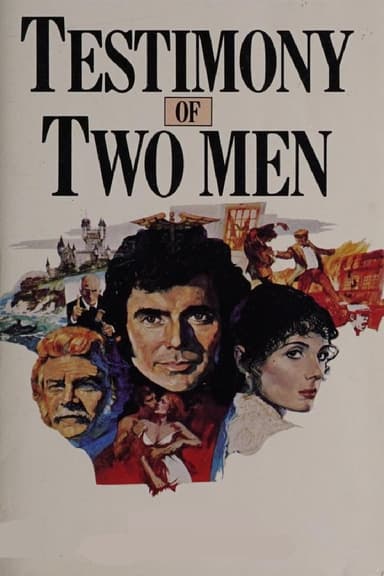
79 Park Avenue
1977 • Drama
A poor New York teenager of the mid-1930 is forced into prostitution despite sincere efforts to make a living and ultimately becomes the city's most famous madam.
Why you should read the novel
Discover the gripping original novel "79 Park Avenue" by Harold Robbins—the source of inspiration for the acclaimed 1977 TV miniseries. This bestselling book delves deeper into the life of Marja Fludjicki, bringing to life the glamour and grit of New York’s underworld with far more nuance and complexity than television can capture. Robbins' intense storytelling and bold characterization make the book a must-read for anyone interested in the human stories behind the city's glittering facade.
Reading "79 Park Avenue" offers rich insights and details unavailable in the TV adaptation. Through Robbins’ evocative prose, readers witness Marja’s emotional journey from innocence to resilience, exploring issues of morality, survival, and ambition with an intimacy that only a novel can achieve. If you crave a raw and unfiltered account of her world, the book delivers every shadow and subtlety the screen could not.
Rather than settle for a condensed TV storyline, pick up Harold Robbins’ landmark novel to experience the full intensity and complexity of "79 Park Avenue". Its pages are filled with drama, suspense, and realism that have captivated readers for generations. Give yourself the fuller, richer story and dive into the original book today!
Adaptation differences
The 1977 TV miniseries adaptation of "79 Park Avenue" condenses much of the complex narrative found in Harold Robbins’ original novel. To accommodate television runtime and network standards, the series streamlines the story and simplifies certain subplots, causing it to lose much of the book’s depth and intricacy. Readers of the novel will notice a more comprehensive exploration of the social and personal challenges faced by Marja, as well as deeper insight into the supporting characters.
One significant difference between the book and the adaptation lies in the portrayal of Marja herself. The novel provides a more nuanced psychological portrait, delving into her motivations, suffering, and transformation in a way the series could only touch upon. Many internal conflicts, crucial to the narrative’s emotional impact, are only briefly referenced or omitted in the televised version, leading to a less complex heroine.
Additionally, the book’s settings and secondary characters are far richer and more detailed. Harold Robbins offers readers vivid descriptions of 1930s and 1940s New York, as well as side plots that flesh out the societal context and the realities of life in the city’s shadowy underworld. The TV dramatization, limited by budget and time constraints, cannot offer these immersive, atmospheric details.
Finally, the themes of sexuality and morality receive a more explicit, thought-provoking treatment in the novel. Robbins was known for pushing boundaries, and his fearless storytelling style is apparent throughout the pages of "79 Park Avenue." The television adaptation, designed for a broader audience, necessarily tones down or omits some of the book's more controversial and adult content, leading to a decidedly different experience for fans of the original story.
79 Park Avenue inspired from
79 Park Avenue
by Harold Robbins





